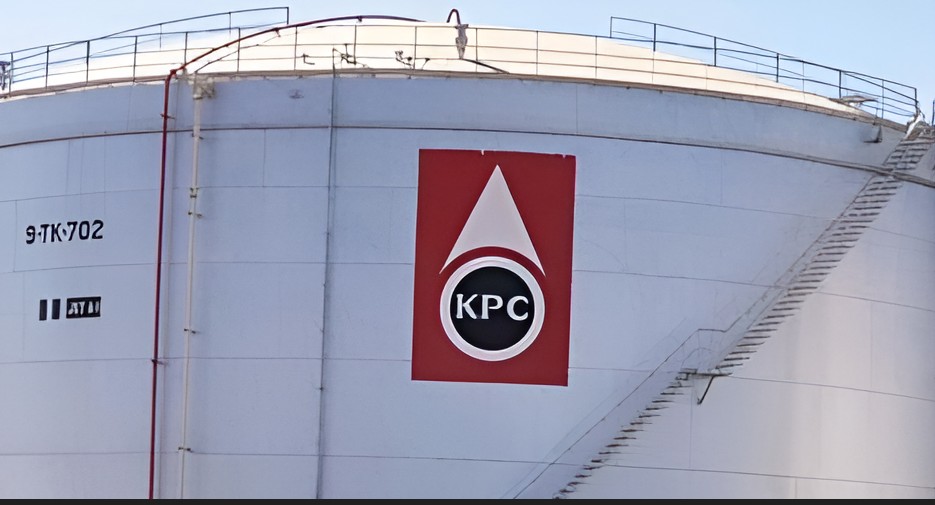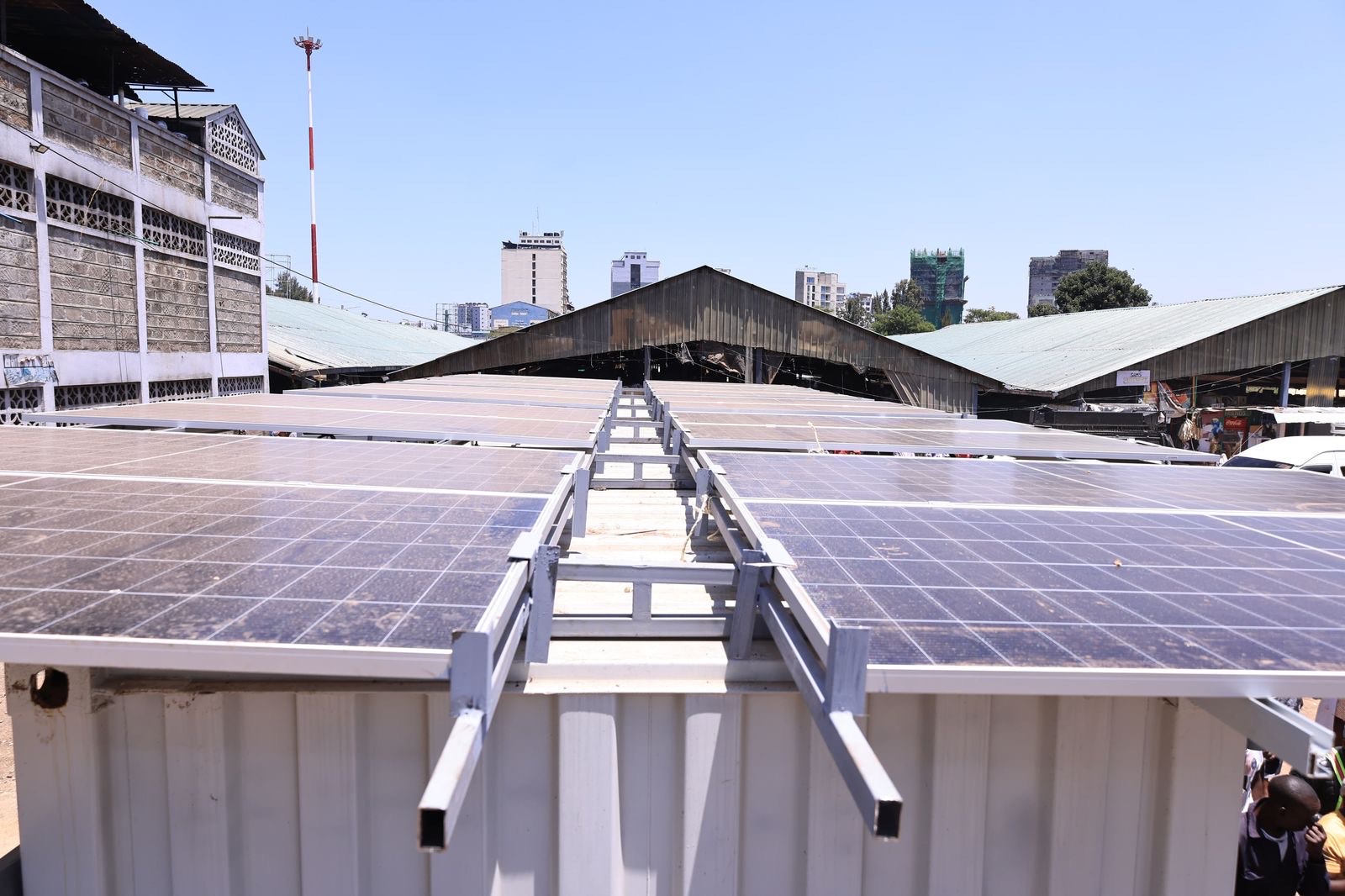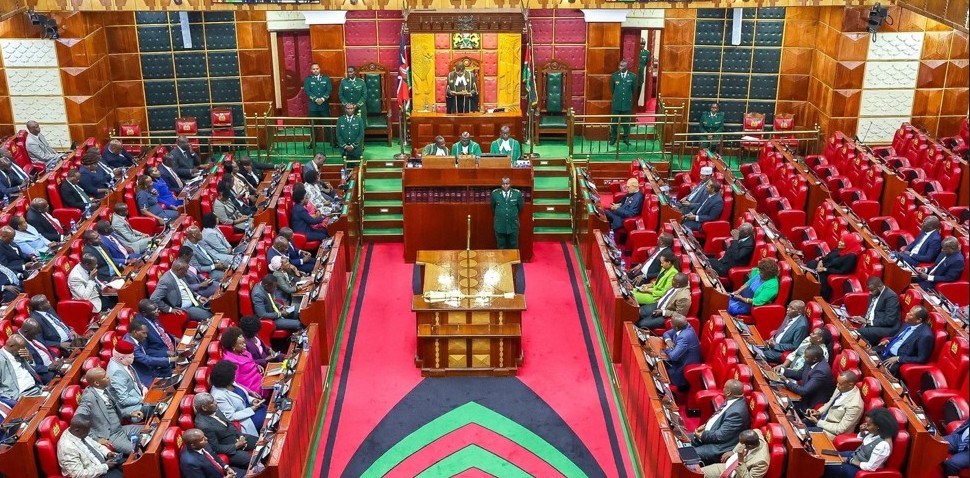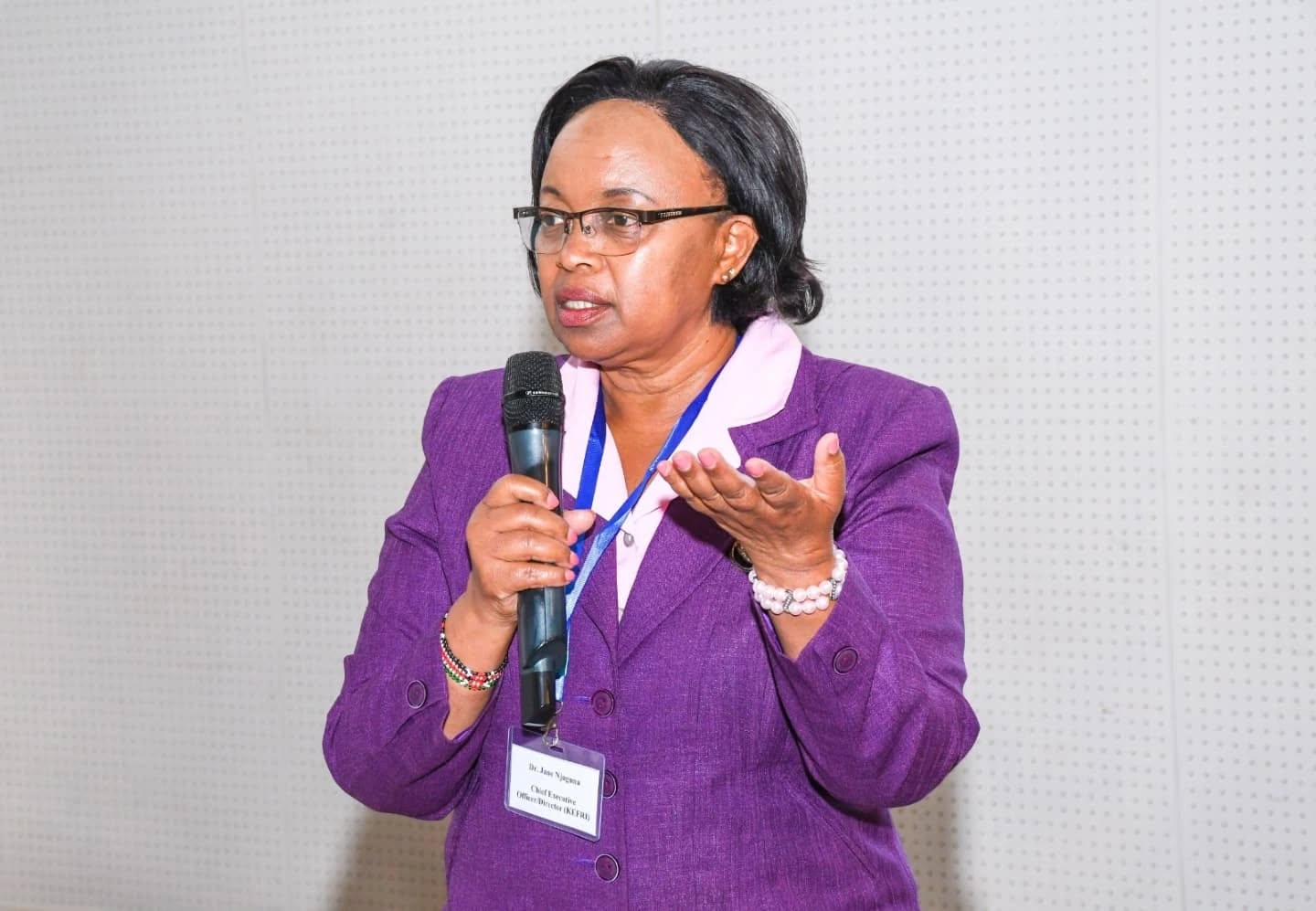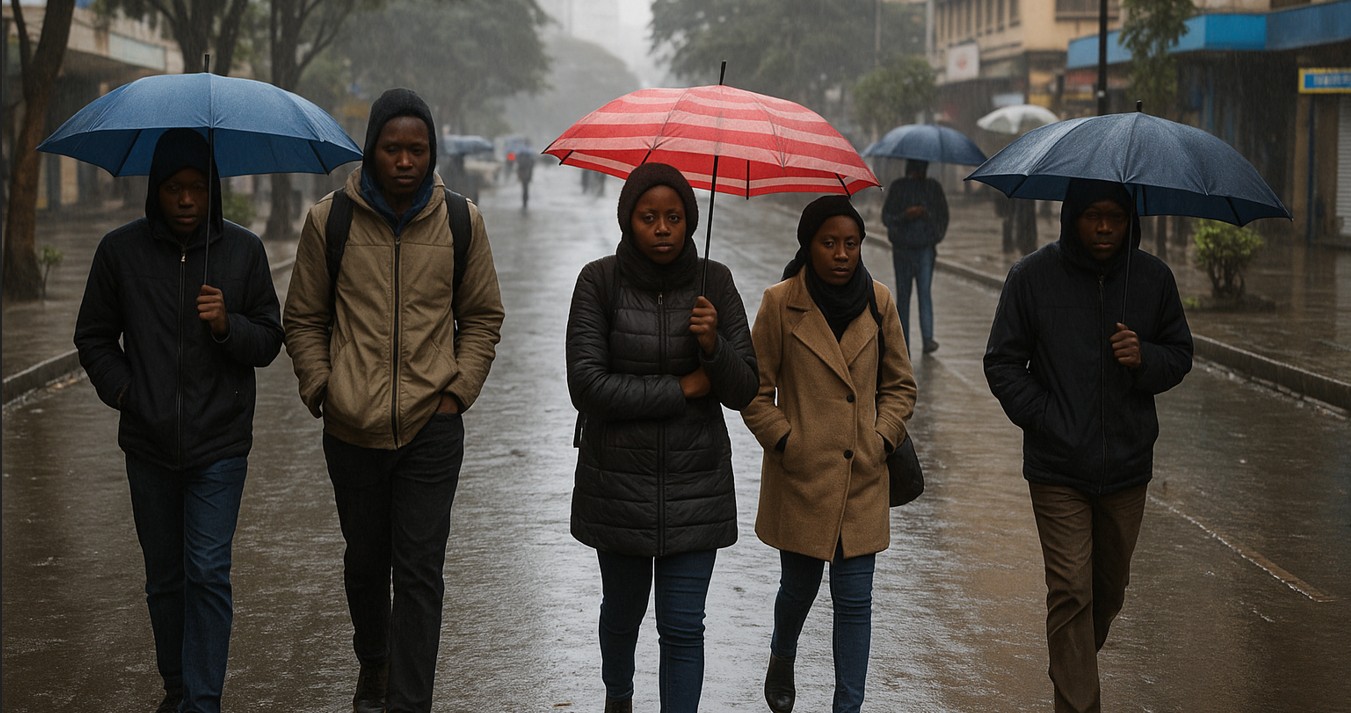Turkana and Mandera lead in open defecation despite national progress
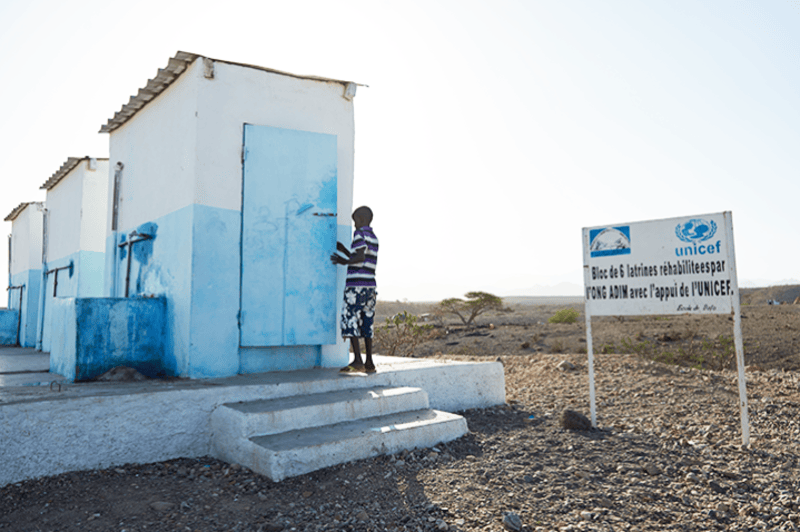
According to data cited by the Kenya National Bureau of Statistics, Turkana has the highest number of households without toilets, at 72.6 per cent. Mandera follows closely at 72.5 per cent, while other northern counties, including Marsabit and Wajir, also report extremely high levels, at 67.9 per cent and 63.6 per cent, respectively.
A new United Nations report has revealed that Turkana and Mandera record the highest levels of open defecation in Kenya, even as the country shows gradual progress in improving sanitation.
The Joint Monitoring Programme (JMP), prepared by the World Health Organisation and UNICEF, indicates that the national rate of open defecation has fallen from 12 per cent in 2015 to eight per cent in 2024.
More To Read
- 2.1 billion people still without safe drinking water - UN report
- Somalia water crisis: Funding cuts leave 300,000 without safe water as cholera cases surge
- Jubaland denies troop presence in Mandera amid rising tensions at Kenya-Somalia border
- KeNHA revises Isiolo-Mandera road project, adds new features to enhance cross-border links
- Your phone is covered in germs: Tech expert explains how to clean it without doing damage
- Mandera–Bula Hawa border reopens as hundreds return home after Somalia clashes
This improvement, however, remains too slow to achieve the Sustainable Development Goal (SDG 6.2) of ending open defecation by 2030.
“At less than half a percentage point reduction per year, Kenya would need to more than double its efforts to reach zero by 2030,” the report states.
According to data cited by the Kenya National Bureau of Statistics, Turkana has the highest number of households without toilets, at 72.6 per cent. Mandera follows closely at 72.5 per cent, while other northern counties, including Marsabit and Wajir, also report extremely high levels, at 67.9 per cent and 63.6 per cent, respectively.
More than half of households in Tana River, Bomet, Samburu, Elgeyo Marakwet, Narok, and Nyandarua also lack access to proper sanitation facilities.
Nationally, rural areas remain the hardest hit. The report shows that open defecation in rural communities declined from 26 per cent in 2015 to 18 per cent in 2024, meaning nearly one in five rural residents still relieves themselves in the open.
By contrast, urban centres recorded stronger gains, with rates falling from four per cent to two per cent in the same period.
Despite the national struggle, some counties have achieved near universal toilet coverage. Kiambu leads with 99 per cent of households using improved sanitation facilities, followed closely by Nairobi at 97.5 per cent and Mombasa at 96 per cent. Embu, Taita Taveta, and Murang’a also feature among counties with high access levels.
The report stresses that to eliminate open defecation by 2030, Kenya will require at least 1.2 million new latrines, highlighting the urgent demand for affordable sanitation solutions.
It also notes that poor sanitation carries heavy costs for countries globally, draining billions every year through lost productivity, healthcare expenses, and weakened economic growth.
Top Stories Today
